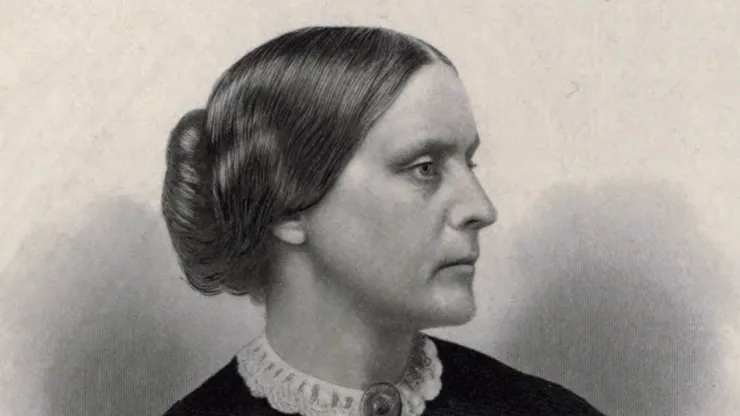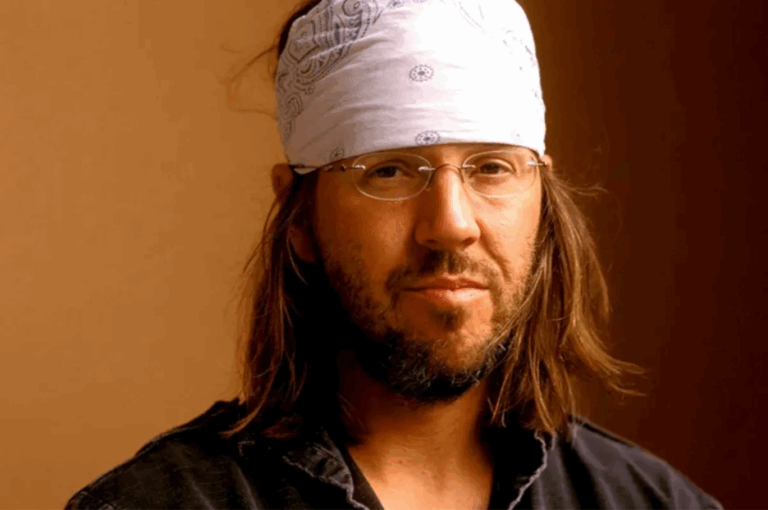Talking Next-Gen Energy
Unless you’ve spent the last 12 months in remote Alaska working on a geothermal rig, you’re familiar with the global phenomenon that is Taylor Swift.
If you’re a T-Swift (and Time Person of the Year) skeptic, check out Axios’s breakdown on “the most impressive year in music history.”
Taylor Swift has an incredible audience. She has influenced the economy, voter registration, movie theater sales, NFL viewership, and Travis Kelce’s yardage. The Swiftie effect can even be felt on seismometers.
Taylor Swift demonstrates the power of an audience. She has leveraged this power with significant success. She knows who her audience is (and isn’t), understands them, and connects with them.
Developing your message is the first step in communication. We laid the foundation of messaging here and here.
Understanding and connecting with your audience is next.
Consider “swifties” the pinnacle of what’s possible. You can build and leverage the power of audience. By knowing who you want to connect with, understanding them, and connecting with them, your message grows legs.
Connecting with your audience isn’t just about getting someone to think what you think. A well-cultivated audience will spread your message for you.
So, who are the people you most want to deliver your message to?
I started this newsletter because I wanted to talk to experts, entrepreneurs, and policy wonks in the energy space. Harley-Davidson is for dedicated bikers. Patagonia is for outdoors lovers (or tech bros).
Who is your message for?
The three-part core of your audience
There are three keys to developing your audience connection. 1. Know who you want to reach. 2. Understand them. 3. Frame your message to resonate with them.
1. Who are they?
Start self-focused, and think about your audience as it relates to your Big Idea. Who are the people who you most want to talk to?
You might start broad with “the media” or “policymakers.” But before checking the box on this step, dig deeper. Who in the media? Which policymakers? Keep digging in and defining more specifically who you want to connect with.
The goal is to end up with a handful of specific people like Christopher Matthews or Jennifer Granholm.
Continue your self-focused approach and articulate what your identified audience probably thinks about your Big Idea. What do they know? What do they think they know? What misconceptions might they hold?
2. What are they interested in?
Now, shift your perspective to see the world through your audience’s eyes. What are their top priorities? What do they likely spend much of their time thinking about? It’s probably not your Big Idea.
Consider their work, family, and the pressure they might be under. What are their goals? What’s most important to them?
Capture all of this information in an Audience Profile. Create the profile for the specific person you identified. You’ll use them as a proxy to represent the larger audience segment you want to target. For example, Christopher Matthews represents “energy reporters.”
Keep your profiles somewhere so that it’s easy to reference them when writing or preparing to speak.
3. How can you help them?
Now comes the tricky part. Frame your idea to resonate with your audience.
Take what your audience cares most about and draw a connection to your message. Why, if your listener cares about X, do they also need to care about your Big Idea?
For example, if you’re advocating for nuclear energy, you might emphasize different up-sides based on who you’re talking to. Alexandria Ocasio-Cortez will be more excited about the environmental benefits while Mike Johnson will care more about long-term economic growth.
An important distinction: you’re not changing your Big Idea based on what your audience cares about. You’re simply using the lens that will resonate most with your intended audience. Be careful not to take this too far.
For example, Sam Bankman-Fried using a “lens” that customers consented to Alameda borrowing funds, making those funds investable, doesn’t change the fact that he committed fraud.
Your goal is for your audience to see your Big Idea as it connects with their own beliefs, values, and priorities. When you get this alignment, and it’s genuine, you start gaining supporters.
***
Building an audience of die-hard “you”-ies starts with a single step. Take that first step by articulating who it is that you want in this audience.




